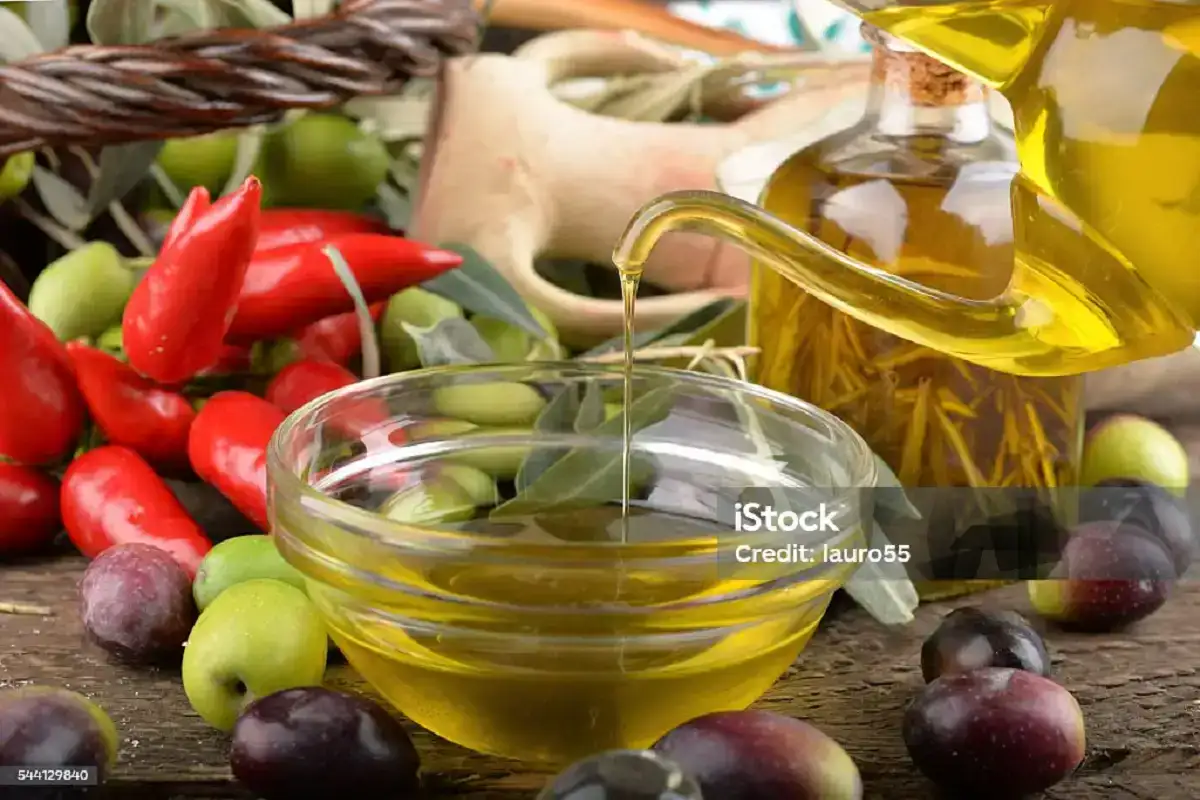Introduction
tuambia-alimentos may not yet be a household name globally, but its growing influence in the world of nutrition and wellness is hard to ignore. As consumers increasingly prioritize health, sustainability, and quality, foods like “tuambia alimentos” have become the focus of attention in markets keen on providing authentic, nutritious options. But what exactly is tuambia-alimentos and why is it capturing the interest of health enthusiasts, nutrition experts, and the food industry? This article aims to unravel the essence of “tuambia alimentos,” diving into its origins, health benefits, and why it has the potential to become a staple in healthy diets worldwide.
1. Understanding Tuambia Alimentos: Definition and Meaning
To start, let’s break down the phrase itself. “Tuambia” and “alimentos” combine to create a term that signifies a particular type or category of foods. While “alimentos” directly translates to “foods” in Spanish, tuambia-alimentos could represent a brand, a specific ingredient, or a culinary approach unique to a certain culture or region. Although the exact meaning of “tuambia” may vary based on regional interpretations, we will treat it as a unique category of wholesome foods, potentially encompassing traditional, nutrient-rich ingredients valued for their health benefits and versatility in various dishes.
2. The Cultural and Regional Background of Tuambia Alimentos
The essence of tuambia-alimentos seems to resonate with values embedded in traditional diets, focusing on locally sourced, unprocessed ingredients that have sustained communities for generations. Across Latin American countries, many traditional diets emphasize whole foods, high in fiber, antioxidants, and essential nutrients. tuambia-alimentos might be inspired by this cultural approach, as it aligns with the broader trend of returning to food basics—simple, authentic, and beneficial.
Regions across South America, particularly Andean areas, have championed native ingredients like quinoa, amaranth, and maca root, which were staples of ancient diets and are now popular in the global superfood market. It is possible that “tuambia alimentos” taps into this heritage, making it a symbol of the rich nutritional legacy of Latin America. By celebrating these traditions, “tuambia alimentos” contributes to preserving cultural heritage while promoting healthy, natural foods.
3. The Types and Varieties of Tuambia Alimentos
“Tuambia alimentos” is likely to encompass various food categories, each bringing its unique value and benefits to the table. The types may vary based on the specific foods under this umbrella, but some popular categories that could fall within tuambia-alimentos include:
- Grains and Seeds: Ancient grains like quinoa, chia seeds, and amaranth have become globally recognized superfoods, and they may very well be included in “tuambia alimentos.” These grains are high in fiber, protein, and essential nutrients, making them excellent for heart health and digestion.
- Fruits and Vegetables: Native produce like lucuma, camu camu, and acai berries are highly nutritious fruits commonly found in South American diets. They provide high levels of antioxidants, vitamin C, and other nutrients that support immune function and skin health.
- Legumes and Pulses: Beans, lentils, and chickpeas are known for their protein content and are often staples in Latin American cuisine. As plant-based diets gain popularity, these legumes offer a valuable source of protein for vegetarians and vegans.
- Roots and Tubers: Ingredients like cassava, sweet potatoes, and yacon root are rich in complex carbohydrates, which provide sustained energy. Additionally, some roots, such as maca, are renowned for their adaptogenic properties, helping the body manage stress.
- Herbs and Spices: Traditional Latin American herbs and spices like cilantro, ají peppers, and epazote are used not only for flavor but also for their medicinal qualities. These herbs can enhance digestion, reduce inflammation, and offer antioxidant benefits.
4. Health Benefits and Nutritional Value of Tuambia Alimentos
Health benefits are a significant driver behind the popularity of tuambia-alimentos This section explores how these foods contribute to overall wellness, focusing on the nutritional advantages of each main category within “tuambia alimentos.”
High in Fiber for Digestive Health
Many items that could fall under “tuambia alimentos,” such as legumes, grains, and certain fruits, are rich in dietary fiber. Fiber is essential for maintaining a healthy digestive system, as it aids in regular bowel movements and helps prevent constipation. Furthermore, dietary fiber can lower the risk of various chronic diseases, including cardiovascular disease and Type 2 diabetes.
Rich in Antioxidants for Cellular Protection
Antioxidant-rich foods, such as acai berries, camu camu, and other colorful fruits, help neutralize free radicals in the body, protecting cells from oxidative stress. This is crucial for reducing the risk of chronic diseases, including cancer, heart disease, and neurodegenerative conditions. Regularly consuming antioxidant-rich foods like those in “tuambia alimentos” can thus have significant long-term health benefits.
High Protein Content for Muscle Health
Protein is crucial for building and repairing tissues in the body, and many tuambia-alimentos like quinoa, amaranth, and beans are excellent plant-based protein sources. For individuals who follow a vegetarian or vegan diet, these foods offer a valuable alternative to animal protein. Protein is also essential for muscle health, immune function, and hormone production.
Essential Vitamins and Minerals
The diverse selection of foods within “tuambia alimentos” ensures a wide range of vitamins and minerals, from vitamin C in fruits to iron and calcium in grains and seeds. For example, iron is vital for transporting oxygen in the blood, while calcium supports bone health. Consuming a variety of these nutrient-dense foods can help prevent deficiencies and support overall wellness.
Adaptogenic Properties for Stress Management
Certain roots and herbs commonly used in traditional diets, such as maca root, have adaptogenic properties, meaning they can help the body adapt to stress and promote mental well-being. Adaptogens are increasingly popular as natural alternatives to manage stress, making “tuambia alimentos” appealing to individuals looking for holistic approaches to wellness.
5. Production and Processing of Tuambia Alimentos: Emphasis on Sustainability
Sustainability is a growing concern among consumers, and “tuambia alimentos” could appeal to this demand if the foods are produced using eco-friendly practices. For instance, traditional farming methods that use minimal chemicals and promote biodiversity align well with the sustainable production model that consumers are now embracing. Many communities in Latin America still rely on these methods, fostering healthier soils, cleaner water, and reduced carbon emissions.
In addition, small-scale farms that prioritize ethical labor practices contribute to the broader social sustainability of “tuambia alimentos.” This approach not only preserves the environment but also supports the economic well-being of local farmers and their communities, encouraging a fair and equitable food system.
6. Market Impact and Consumer Trends
The food industry has seen a significant shift towards healthier, more sustainable, and transparent food options in recent years. “Tuambia alimentos” fits well into this trend, and its growing market presence is a testament to changing consumer demands.
Demand for Transparency and Clean Labels
Consumers are increasingly concerned about knowing the source of their food, the processes it goes through, and its environmental impact. Foods like “tuambia alimentos” that promote transparency in labeling and traceability appeal to consumers seeking authentic, ethically sourced products. Brands that provide clear information about the origins and nutritional content of their products can build trust and loyalty among health-conscious consumers.
Growth in Plant-Based Diets
The rise of plant-based diets has spurred demand for foods that offer nutritional diversity without relying on animal products. With items like legumes, grains, and nutrient-dense vegetables, “tuambia alimentos” can provide the necessary proteins, vitamins, and minerals to support a balanced, plant-based lifestyle. This trend is especially prevalent in urban areas, where consumers seek easy-to-prepare, plant-rich options that cater to modern dietary preferences.
Appeal to Functional Foods and Superfoods
The health benefits associated with position it within the growing category of functional foods and superfoods. Functional foods offer benefits beyond basic nutrition, while superfoods are nutrient-dense and beneficial for health. As more consumers look for foods that provide functional benefits, has the potential to become a sought-after product in supermarkets and health stores worldwide.
7. Future Outlook of Tuambia Alimentos
The future of looks promising as it aligns with key trends in the food industry, such as sustainable sourcing, plant-based nutrition, and consumer interest in superfoods. However, for it to maintain relevance and continue growing, brands and producers should focus on maintaining quality, transparency, and sustainability in their operations.
As more research highlights the benefits of traditional diets and natural ingredients, could find its place in global markets as a versatile, healthy food option. Its emphasis on nutrient-rich, minimally processed ingredients aligns well with the shift towards healthier, cleaner eating. Moreover, its potential impact on local economies and sustainable agriculture presents an opportunity to make a positive social and environmental contribution.
Conclusion
In conclusion, “tuambia alimentos” encapsulates a movement toward wholesome, traditional, and culturally significant foods that meet modern health standards. Its appeal lies in its rich nutritional profile, its alignment with plant-based and sustainable eating trends, and its potential for positively impacting local communities. By embracing the principles of authenticity, transparency, and environmental consciousness, “tuambia alimentos” could become a staple in households worldwide, offering both health benefits and a connection to Latin American heritage.
As consumers become more informed and selective about their food choices, “tuambia alimentos” stands out as a valuable option that combines nutrition, tradition, and sustainability. It not only enhances diets but also fosters a deeper appreciation for the cultural roots of healthy eating. With its continued expansion in the market, “tuambia alimentos” may soon establish itself as a global leader in functional, health-promoting foods that are as beneficial for the planet as they are for the individual.
This article provides a thorough exploration of “tuambia alimentos,” focusing on its cultural background, health benefits, production methods, and market trends, with a view of its potential future impact on the food industry. Let me know if you’d like any additional details or adjustments.



